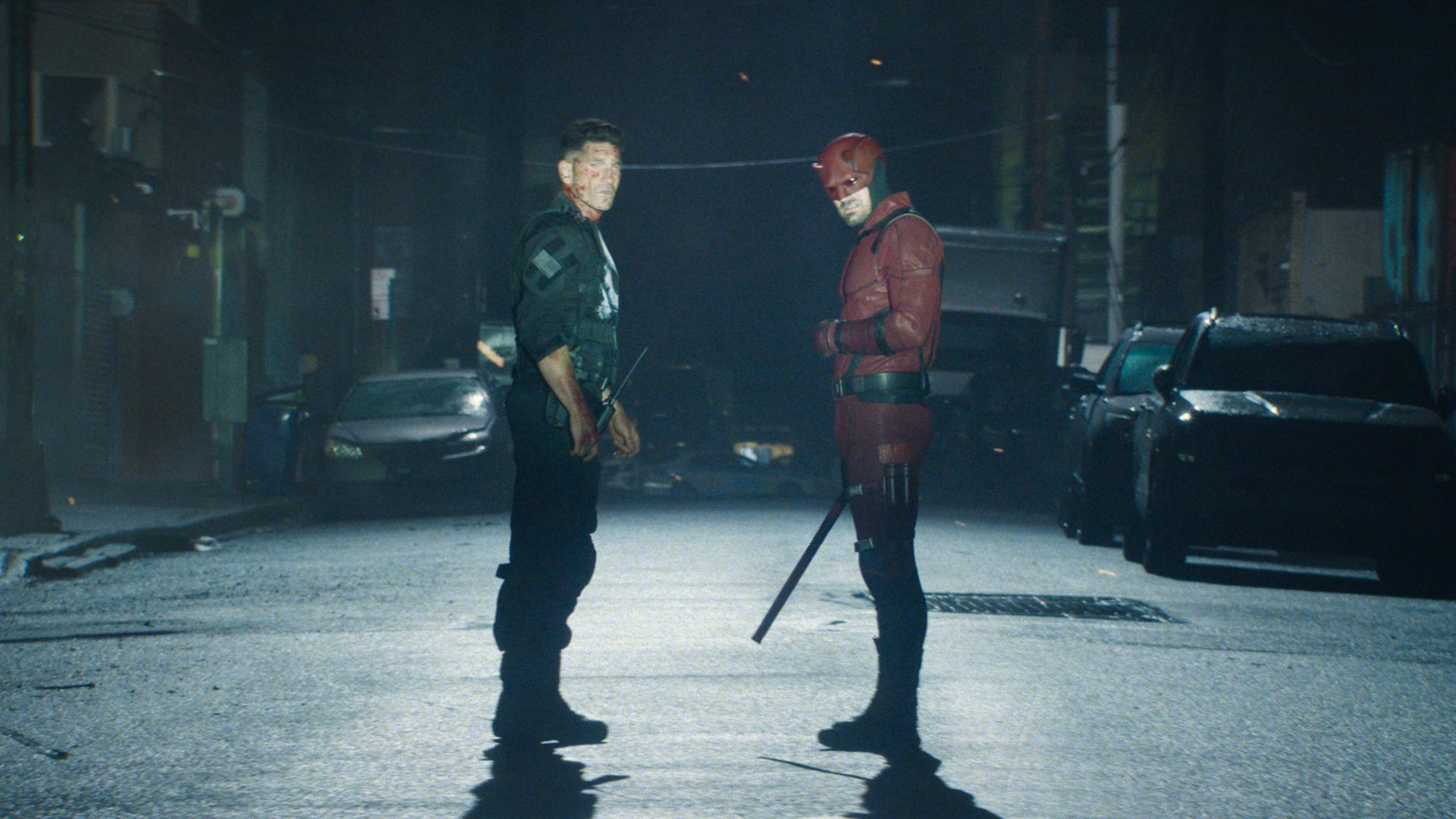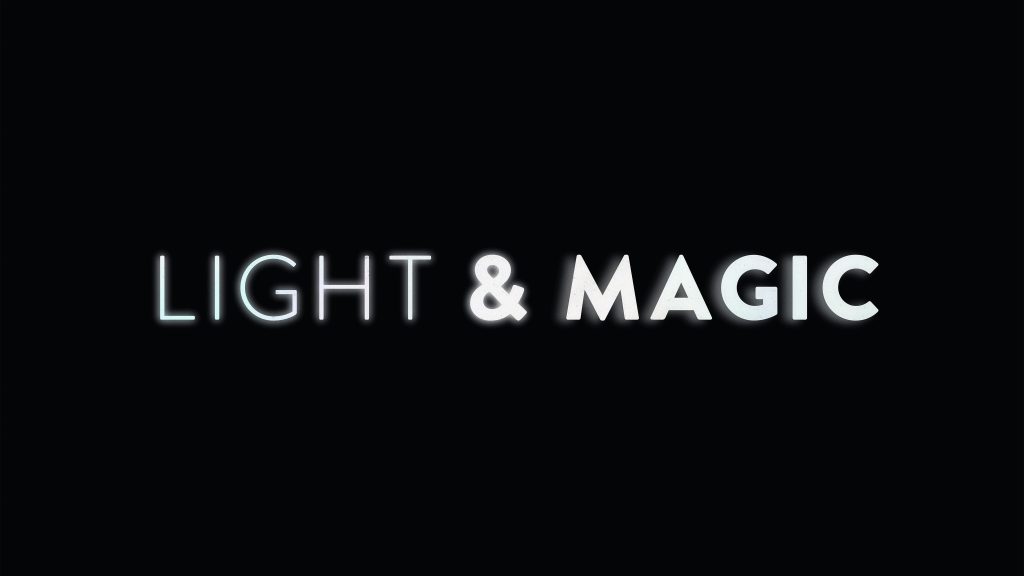
WWW.DENOFGEEK.COM
Daredevil and Punisher Have a Much More Complicated History Than You Think
This article contains spoilers for Daredevil: Born Again.
The season finale of Daredevil: Born Again features that most time-honored of comic book tropes, in which two heroes disagree but ultimately team up. However, because the “heroes” are Matt Murdock a.k.a. Daredevil (Charlie Cox) and Frank Castle a.k.a. the Punisher (Jon Bernthal), even the team-up is pretty messy.
The scene climaxes with Daredevil and Punisher cutting their argument short when a grenade lands in the room, sending them both flying from the building and atop a car on the street below. As the two get up and brush themselves off, Daredevil gets in one last shot.
“You’re an asshole, Frank.”
“Yeah, I know,” Frank responds.
The collaboration is a fun, vibrant moment, and not just because of the visceral action that has become Daredevil‘s trademark. Cox and Bernthal have genuine chemistry, making their banter feel like something out of an ’80s buddy cop movie. However, the pleasure of their interactions undercuts the serious philosophical differences between them and their dangerous connection, something that’s been explored in much greater details in the pages of Marvel Comics.
Frank Castle Goes to Hell
“I kill only those who deserve to die, Jackal! And Spider-Man deserves to die!” Those words introduced the Punisher to the world, in the pages of 1973’s Amazing Spider-Man #129. Written by Gerry Conway and penciled by Ross Andru, the issue follows the Punisher as he hunts Spider-Man, duped by the evil scientist known as the Jackal.
Although presented as an extremist in the style of revenge thrillers from the era, such as Dirty Harry and Death Wish, the issue also portrayed the Punisher as a sympathetic if misguided man. That inherent sympathy, along with an evocative costume designed by John Romita Sr., made the Punisher a breakout hit. So much a hit, in fact, that Punisher got his first solo stories just two years later, in the pages of the mature-readers magazines Marvel Preview and Marvel Super Action.
While Punisher regularly crossed paths with Marvel heroes, he didn’t meet the Man Without Fear until 1982’s Daredevil #183. Part of Frank Miller‘s legendary run on the book, Daredevil #183 saw the two lock horns when Daredevil prevented Punisher from killing a drug addict.
That first conflict contains the seeds for all of the heroes’ confrontations that follow. Frank dismisses Matt’s methods as too weak for the criminal element. Matt insists that heroes don’t need to be so brutal (while also hurling a baton at Punisher’s face). Miller pairs the confrontation with a timer in the form of the drug additct’s stopping heart, portrayed on the page as a heart rate monitor, driving Matt to swear that he won’t let the Punisher take another life.
Matt’s actions result in Frank getting arrested, setting off a grudge that continues to this day.
Join our mailing list
Get the best of Den of Geek delivered right to your inbox!
The Devil’s Choice
Easily the most striking conflict between Daredevil and Punisher occurs in 2000’s Punisher #3, written by Garth Ennis and penciled by Steve Dillon. After Matt successfully defends brutal gangster Dino Gnucci against a mishandled arrest, Frank waits on a rooftop ready to execute him. That’s when Matt arrives, in Daredevil gear, and begins his usual argument.
“I know these speeches of yours by heart,” Frank sneers, starting a fight that end when he uses ultrasonics to knock Matt unconscious. When he awakes, Matt finds himself chained to a post, only able to move his finger, which rests on a pistol pointed at Frank. “One bullet. One shot,” explains Frank. “One chance to stop me killing Dino Gnucci.”
The moment gets adapted for the third episode of the Netflix series, with some changes. Here, Matt uses the gun to shoot the chains holding him, getting a chance to save Frank’s victim. He’s not successful on that end, but Frank’s actions draw the attention of a nearby street gang. The episode ends with a highlight of the Netflix series, with a bloody Daredevil fighting through waves of baddies in a hallway, firmly establishing him as a hero.
Because it’s written by Garth Ennis, the cynic behind The Boys and Preacher, no heroism appears in the comic book version. The sequence plays across four tightly composed pages, with Matt’s face almost melting in his desperation, which Dillon contrasts to Frank’s stoic expression. Finally convinced that his pleas will go unanswered, Matt whispers, “God forgive me,” and pulls the trigger.
There’s a click followed by a bang. The former comes from Matt’s gun. The latter comes from Franks. “No firing pin,” explains Frank. “You can leave the killing up to me.”
Some have read this sequence as a take down against Daredevil, which is fair — he looks pathetic at the end and Ennis makes no secret of his hatred of superheroes. However, it doesn’t make Frank look better either. “The thought of Dino Gnucci living one more minute is enough to drive me insane,” Frank explains in the middle of their debate, underscoring the theme of Ennis’s work on the Punisher: Frank Castle is a broken, deranged man, but Daredevil’s goodness is a useless sham.
Hope in Hell
The season finale of Daredevil: Born Again litigates the debate again, even after Frank accepts Karen Page’s pleas and rescues Matt from an onslaught of Fisk’s killer cops. When Daredevil shields one of the cops from Frank’s shot, insisting that the man isn’t worth the cost of the kill, Frank shoots another attacker and asks, “What about him? Is he worth it?”
It’s a bleak and funny joke, but not to Matt. It isn’t just that Matt abhors Frank’s disregard for life. It’s also that Born Again has been presenting Matt’s backslide into vigilantism as something tragic. When he loses faith in the law and dons the Daredevil costume once again, Matt becomes like Frank, an idea that haunts him.
It will be interesting to see how Born Again‘s second season and the upcoming The Punisher MCU series will develop the character’s differing philosophies. Until then, we have Marvel Comics to remind us the depth of Daredevil and Punisher’s differences… and their similarities.
Daredevil: Born Again season one is now streaming on Disney+.
0 Комментарии
0 Поделились
29 Просмотры












